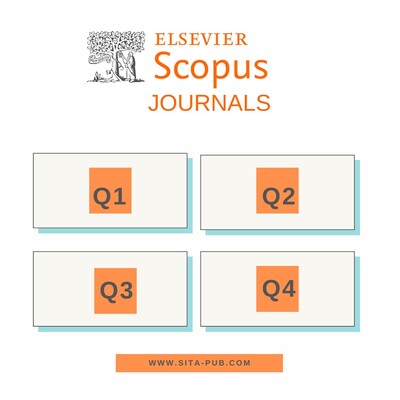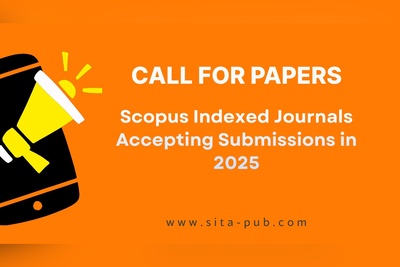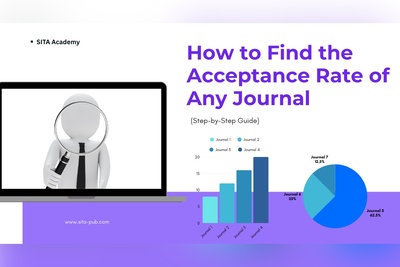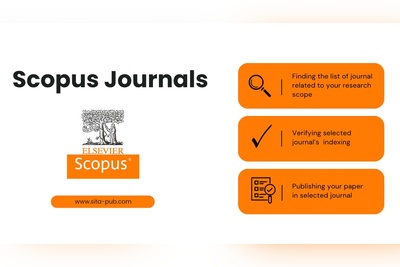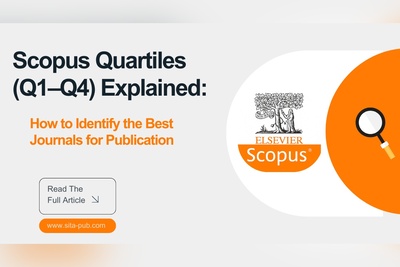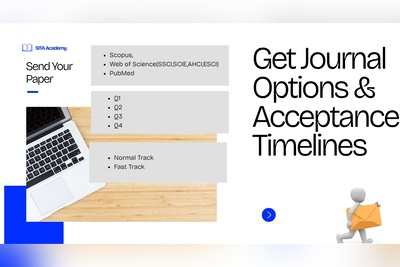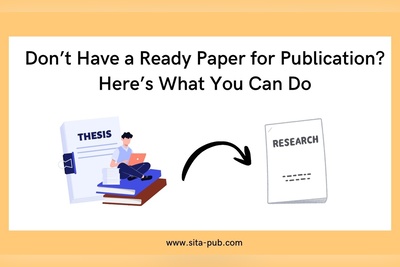Scopus-Indexed Journal Publication Support
Learn how to publish in Scopus-indexed journals with expert guidance, including journal selection, manuscript review, language editing, formatting, plagiarism removal, and submission assistance for all fields and quartiles.
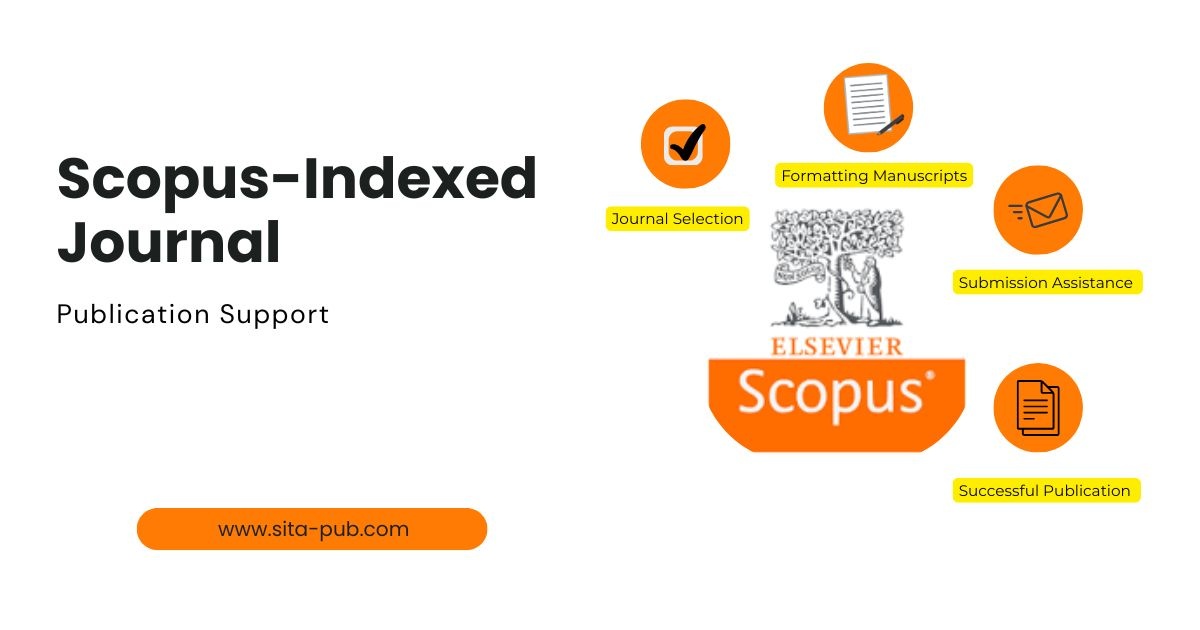
Among the many indexing databases, Scopus is widely recognized for its credibility, global reach, and impact on academic careers. Understanding Scopus indexing, journal quartiles, and the strategies for successful publication is crucial for achieving recognition and advancing your research. In this article, we explore the essentials of Scopus-Indexed journal publication and explain how professional support can help you navigate the complexities of the process efficiently.
Understanding Scopus-Indexed Journals
What Scopus Indexing Means
Scopus is one of the largest abstract and citation databases of peer-reviewed literature. It includes journals, conference proceedings, and book chapters across various disciplines. Being indexed in Scopus ensures that a journal meets strict quality criteria, including rigorous peer review, editorial standards, and ethical publishing practices.
Publishing in a Scopus-indexed journal not only increases your research visibility but also contributes to your academic credibility, as many universities and research institutions consider Scopus-indexed publications in evaluations, promotions, and grant applications.
Explanation of Scopus Quartiles: Q1 to Q4
Scopus uses a quartile system to categorize journals based on their impact factor, citations, and overall performance within a specific field:
Q1 Journals: Highest impact and most reputable journals. Publishing here enhances visibility and academic recognition.
Q2 Journals: High-quality journals with moderate impact; suitable for specialized research.
Q3 Journals: Emerging journals that still maintain certain standards; useful for faster acceptance.
Q4 Journals: New or niche journals with lower impact; may have more flexible acceptance criteria.
Understanding quartiles helps researchers strategically choose journals based on the balance between impact, acceptance likelihood, and publication speed.
Related Article
How Quartiles Affect Journal Selection and Publication Strategy
Choosing the right journal quartile is critical:
Q1 Journals: Require highly polished manuscripts and strong novelty. Acceptance may take longer due to rigorous review.
Q2 Journals: Offer a balance between impact and review times; ideal for well-prepared research with moderate novelty.
Q3–Q4 Journals: Focus on emerging or specialized topics; faster publication but lower visibility.

A well-informed strategy considers your research goals, urgency, and the target audience. Publishing in the wrong quartile can lead to rejection, delays, and wasted effort.
Our Scopus Journal Publication Support Services
Successfully publishing in Scopus journals requires more than good research—it requires careful alignment with journal requirements, quartiles, and submission protocols. SITA Academy provides comprehensive support to help researchers publish efficiently and successfully.

Journal Selection and Recommendation
Tailored Journal Matching
Our team analyzes your manuscript in detail, examining its scope, novelty, methodology, and target audience. Based on this evaluation, we find the most suitable Scopus journals for your research.
Quartile-Based Recommendations
We recommend journals across all quartiles (Q1–Q4) depending on your goals. For high-impact work, Q1 journals are ideal. For faster publication, Q3–Q4 journals may be more suitable.
Guidance Across All Fields
Whether your research belongs to STEM, medical sciences, social sciences, engineering, or humanities, we provide precise recommendations, ensuring your manuscript is submitted to journals aligned with its scope and field.
Manuscript Review and Improvement
Expert Manuscript Review
Our experts thoroughly review your paper to ensure it meets Scopus journal standards. This includes evaluating originality, structure, clarity, and technical rigor.
Tailored Improvements
We tailor your manuscript to align with journal-specific guidelines, addressing key aspects such as formatting, figures, tables, and citation style. This significantly increases your chances of acceptance.
Quality Assurance
By reviewing and refining your manuscript before submission, we help prevent desk rejections and streamline the peer-review process.
Language Editing and Formatting
Native English Editing With a Certificate
For researchers whose first language is not English, language can be a barrier. Our editors ensure your manuscript is clear, concise, and at an academic level suitable for Scopus journals.
Formatting Compliance
Every journal has unique formatting requirements. We prepare your manuscript in compliance with styles such as APA, Vancouver, Chicago, or Harvard, including tables, figures, and references.
Professional Presentation
A well-edited and formatted paper increases readability, reduces reviewer concerns, and improves acceptance chances.
Plagiarism Checking and Removal
Detection and Reporting
We check your manuscript using tools like Turnitin and iThenticate to identify similarities with existing publications.
Paraphrasing and Rewriting
Our experts help reduce similarity indexes without changing the meaning, ensuring that your paper is safe for submission to Scopus journals.
Ethical Compliance
Maintaining originality and preventing plagiarism is essential for academic integrity and journal compliance.
Submission Assistance and Follow-Up
Submission Package Preparation
We prepare your manuscript along with a professional cover letter, and supplementary materials required by the journal.
Portal Uploading
Our team ensures that your documents are uploaded correctly to the journal’s submission system, avoiding errors that could cause delays.
Tracking and Communication
We handle communication with editors, track your submission, and provide updates until a decision is made, so you can focus on your research.
How Our Services Cater to All Quartiles and Fields
Q1–Q4 Journal Support
Our services cater to all Scopus quartiles. Whether you aim for Q1 high-impact journals or Q3–Q4 emerging journals, we provide strategies to optimize acceptance chances.
Multidisciplinary Coverage
We support researchers across all disciplines:
STEM: Science, technology, engineering, and mathematics.
Medical Sciences: Clinical studies, biomedical research, and healthcare.
Social Sciences & Humanities: Psychology, sociology, literature, and education.
Engineering & Applied Sciences: Computer science, electronics, and industrial engineering.
Acceptance Strategies
Our experts advise on:
Matching research novelty with journal scope.
Targeting appropriate quartiles for desired visibility and turnaround time.
Preparing manuscripts that adhere to journal-specific standards and ethical guidelines.
Why Choose SITA Academy for Scopus Publication Support
Expertise Across Fields
SITA Academy has extensive experience in handling publications across multiple disciplines and quartiles.
Proven Success Record
We have helped researchers successfully publish in Scopus journals in Q1–Q4, ensuring compliance with all editorial and indexing requirements.
Efficient and Professional Support
Our comprehensive services save researchers time, reduce rejection risk, and provide a clear roadmap from manuscript preparation to publication.
Guidance and Personalized Assistance
Researchers can easily contact us via online chat, WhatsApp, Email, Telegram, Facebook, and Instagram to receive personalized recommendations, clarifications, and updates throughout the publication process.
Conclusion
Publishing in Scopus-indexed journals is a crucial step for researchers seeking academic recognition and credibility. Selecting the right journal, adhering to formatting standards, and ensuring originality are key to a smooth and successful publication.
SITA Academy provides professional, step-by-step support to help researchers navigate this process efficiently, from journal selection and manuscript review to editing, plagiarism removal, and submission assistance. By leveraging expert guidance, you can significantly increase your chances of acceptance, save time, and focus on producing high-quality research.
With our tailored support, researchers across all fields and quartiles can confidently submit their work to Scopus journals and achieve fast, successful publication.
Verified Contact Channels
If you have any questions, inquiries, or would like to learn more about our services, please don't hesitate to reach out to us. Our dedicated team is ready to assist you.
